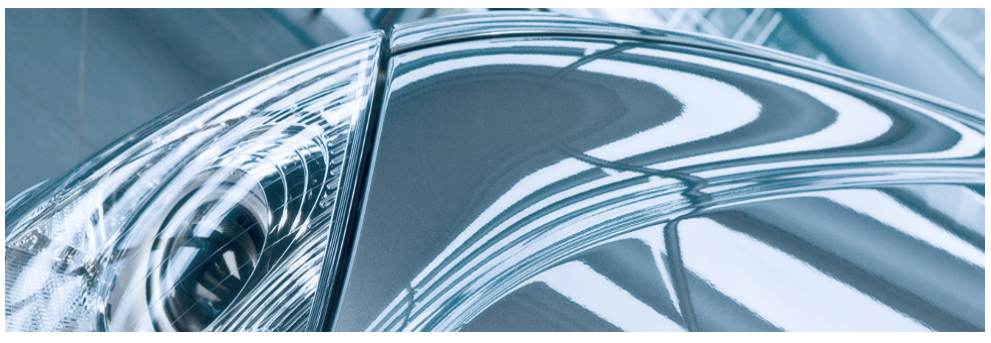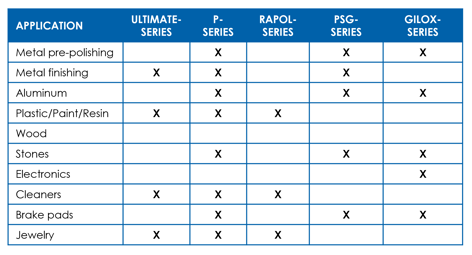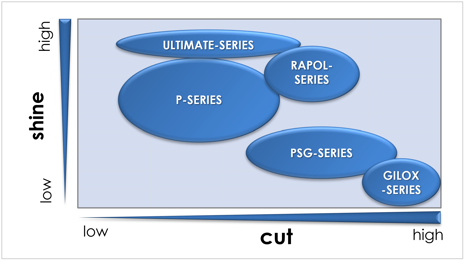
Polishing
Alumina is one of the most important abrasive materials for polishing a wide range of surfaces. Almatis polishing aluminas enable the user to effectively achieve high cut and high shine.
Polishing: Cut and Shine
Almatis offers the broadest polishing portfolio in the industry and with this wide selection we offer the most efficient solution for each customer’s specific need.
Tight specifications for surface area, as well as very narrow particle size distributions and well-defined top cuts, ensure the consistency of Almatis polishing aluminas.
GILOX-Series
The GILOX-Series is suitable for applications needing high cutting rates.
PSG-Series
The PSG-Series is suitable for the workhorse products
achieving high cutting rates and prepare the surface for
the finishing step.
RAPOL-Series
The RAPOL-Series is ideal for achieving high cut rates on soft surfaces. The tight control of calcination degree and particle size enable users to achieve cut and shine and in one step.
P-Series
The P-Series has a long-lasting legacy in the polishing. All kind of finishing applications are referring to those products.
ULTIMATE-Series
Almatis high end grade for unique polishing performance. These products achieve highest cut rates and gloss in different applications.







